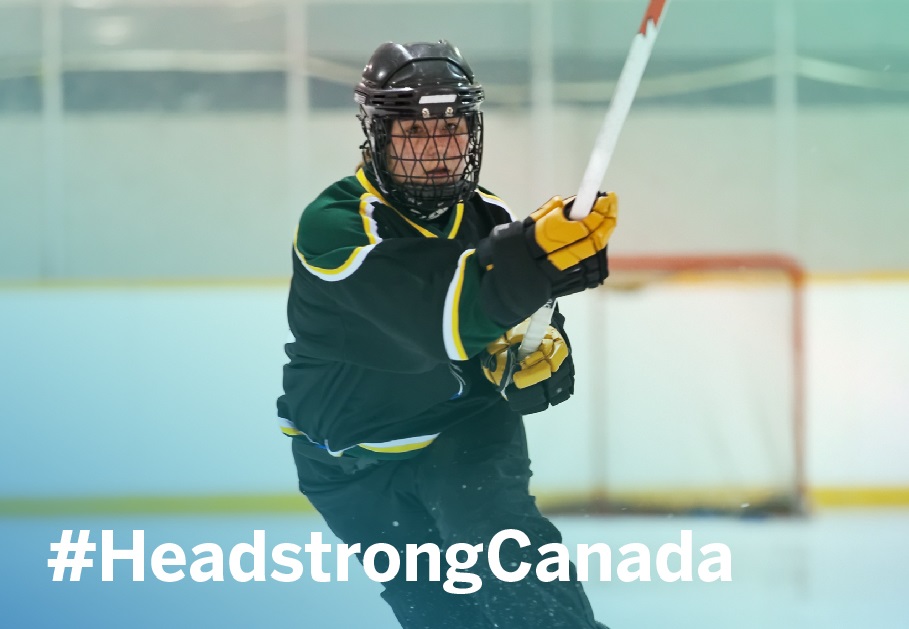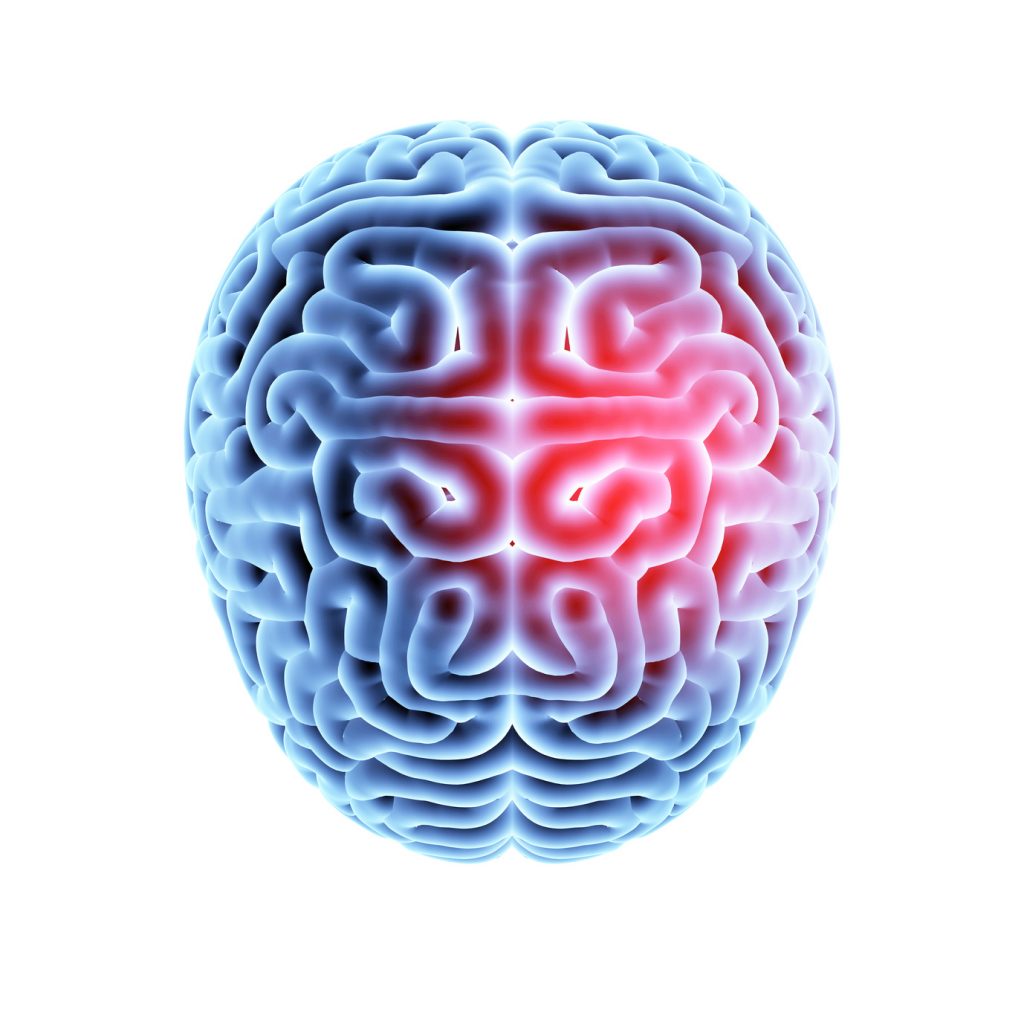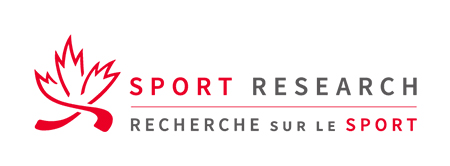Canadian Concussion Prevention Workshop
The Concussion Prevention Workshop to be hosted by the Sport Information Resources Centre (SIRC) together with Sport Canada and the FPT Concussion Workgroup will be a practical and tactical workshop aimed at preventing concussions in sport. Rules, training methods and behaviours are changing in Canada and internationally. This workshop is designed for initiate such changes within…
Concussion Risks in Your Sport May be Greater Than You Think
For the athletes in this sport, the concussion risks are real even if brain injuries are rare. It may sound a bit counter-intuitive, but for Canoe Kayak Canada (CKC), concussion education has become a key part of its safety program for a simple, but critically important reason. “Just because we don’t see many concussions in…
Concussion Blog – Ringette
For ringette, putting a values lens on the issue of concussions made decision-making simpler – preventing concussions as much as possible and ensuring athletes recover properly are priorities. When pressure to return to play comes from athletes not wanting to miss out, or parents pushing to have their child back on the ice, clear protocols…
Ringette Concussion Blog
With so many stakeholders and sometimes competing priorities, alignment across the sport sector is a challenge. However, preventing and addressing concussion is one issue where alignment is common sense. From the grassroots to the high-performance levels in ringette, organizations are coming together through SIRC’s #HeadstrongCanada campaign. Learn more in today’s SIRC blog.
Safely Preventing and Managing Concussions in Sport – April 2019 Concussion in Sport Newsletter
The Sport Information Resource Centre (SIRC) is proud to announce that as part of the #HeadstrongCanada concussion awareness campaign, we are sharing resources directly to your inbox. “You have to teach smart recovery. If you want to play sport long-term then sometimes that means short-term breaks.” Rosie MacLennan, double Olympic gold medalist To take action…
How the Sport of Ringette is Putting a Values Lens on the Concussion Issue

Every sport organization faces tough decisions around where to channel its limited budget and human resources. “It’s no different in ringette, but we’ve found that by putting our values first, it can actually make decisions easier,” according to Natasha Johnston, Executive Director of Ringette Canada. “That’s one of the main reasons why we’ve put so…
Concussion in Sport – Translating Evidence into Action

From playgrounds to international podiums, millions of Canadians participate in sport every day. While the health and social benefits of participating in sport far outweigh any potential risks, there are risks of injury. Whether you’re a coach, administrator, parent or athlete, we all have a role to play in ensuring sport is as safe as…
Concussions in sport — we can do better
In his teens, Eric Mihalovic was a promising young hockey player. He was tough, a solid player with good hands. “I don’t think we even called the first one a concussion,” he said. “I was hit and my head bounced off the boards. I was 15.” Blurry vision in class and trouble concentrating were nothing…
Concussions … Together We Can Make a Difference

This article presents a case study of how stakeholder collaborations can maximize engagement. The case is based off of a collaboration between the Sport Information Resource Centre and Dr. Ann Pegararo from Laurentian University exploring an analysis of social media communications around important announcements in the conversation around concussion in sport. Learnings show: Analytics help…
Advancing Concussion Education at the Community Level
Participation in sport can be an integral, rewarding component of life. However, sport concussions can too easily derail the benefit of both competitive and casual exercise—instances that can be avoided through proper education and preventative measures. Sport is especially advantageous for adolescents. Those who participate in sport during this period often build better social skills,…